 Merry Christmas! That’s right, I said it…Merry Christmas! Can’t you just feel the spirit of the season? Maybe you’re just distracted by doing so thanks to rising temperatures, and prices for just about everything? Yes, baseball, outdoor concerts and the beach don’t help with the yuletide vibe, but I’m telling you, it’s time to do a mid-year accounting of who’s been naughty or nice. And it’s never too late, or early, to wish Jesus a happy birthday if you are of the Christian faith tradition. Many have likely heard the phrase “Christmas in July” and thought it was simply a commercial marketing ploy. Or maybe it signifies creative fundraising efforts by non-profit/charity groups at an alternative time of year from traditional giving. I’m happy to report that there are places in our world actually celebrating “Christmas in July” for all the right reasons. In the Southern Hemisphere, seasons are in reverse to ours in the Northern Hemisphere, with summer falling in December, January, and February, and winter falling in June, July, and August. There are some countries that have championed “Christmas in July” by undertaking mid-winter Christmas events in order to have Christmastime with a winter feel in common with the northern hemisphere. Some of the longtime participants include Australia, South Africa, Argentina, Brazil, and New Zealand. These countries still celebrate Christmas on December 25th, like us, but none can expect a traditional “White Christmas” on that day. It was happenstance that I was led to this interesting fact, and the blame solely falls on the Ruprecht family located in Mount Olivet’s Area H/Lot 423 and 425. Recently, I saw this row of stones—among some of the most plain and average looking specimens that we have here. With our second annual Mount Olivet Monument Hall of Fame enshrinement coming up in early September, I will gladly offer a “spoiler report” that none of the gravestones here come even close to consideration. If you read our “Hall of Fame” Story in Stone article last summer, or saw our Hall of Fame Gallery on this website, you learned that our nominating criteria has nothing to do with the achievements garnered, or life led (or experienced) by our decedents. This is solely an honor based on art, architecture, creativity and design executed on a piece of stone destined to be used as a grave memorial. Since their gravestones are somewhat forgettable, I felt it my duty to write an article here so readers could find the Ruprechts worth remembering—the same philosophy to be used when considering all 40,000+ individuals buried here in our cemetery and others, everywhere else. So, what’s up with this distinctly German name? And you may also be wondering how the heck am I going to weave Christmas into this story? Well, I will tell you that our featured family does hail from Deutschland, and they have a name that forever links them to Christmas as celebrated in their native home country. Knecht Ruprecht, which translates as Farmhand Rupert or Servant Rupert, is a companion of Saint Nicholas as described in the folklore of Germany. He first appears in written sources in the 17th century, as a figure in a Nuremberg Christmas procession. Tradition holds that St. Nicholas appears in homes on St. Nicholas day (December 6), and is a man with a long beard, wearing fur or covered in pea-straw. Knecht Ruprecht sometimes carries a long staff and a bag of ashes. He also wears little bells on his clothes and in some descriptions rides on a white horse. Other times he is accompanied by fairies or men with blackened faces and dressed as old women. According to tradition, Knecht Ruprecht asks children whether they can pray. If they can, they receive apples, nuts, and gingerbread. If they cannot, he beats the children with his bag of ashes. In other (presumably more modern) versions of the story, Knecht Ruprecht gives naughty children useless, ugly gifts such as lumps of coal, sticks, and stones, while well-behaving children receive sweets from Saint Nicholas. He also can be known to give naughty children a switch (stick) in their shoes for their parents to beat them with, instead of candy, fruit and nuts, in the German tradition. The companions of Saint Nicholas are a group of closely related figures who accompany St. Nicholas in German-speaking Europe and more widely throughout the territories formerly in the Holy Roman Empire. These characters act as a foil to the benevolent Christmas gift-bringer, threatening to thrash or abduct disobedient children. Jacob Grimm (of the famed Grimm Brothers) associated this character with a pre-Christian house spirit or elf which could be benevolent or malicious, but whose mischievous side was emphasized after Christianization. The most famous (and violent) of these was Krampus, who was depicted on many holiday post cards as a devil-like creature with a long tongue. So, to review, kids of today just have to contend with a creepy elf on a shelf doll watching their every move come Christmas season. Back in the day, ornery kids were given coal and smackdowns with either a stick or bag of ashes. Who would’ve guessed that Christmas could be so painful? The Ruprecht Family This family came to Frederick around the year 1842 from Hanover, Germany. As I’ve already put emphasis on the Ruprecht name, I assume the Ruprecht’s had a comfort level with the name of their new home, Frederick, as both city and county were named in honor of Frederick, Prince of Wales (1707-1751) who was also born in Hanover. Frederick, son of King George I and father of King George II, never got his chance to be king as a member of the “House of Hanover,” better known as the Electorate of Hanover of the Holy Roman Empire. This electorate was located in northwestern Germany and took its name from the capital city of Hanover. For most of its existence, the electorate was ruled in personal union with Great Britain and Ireland following the Hanoverian Succession dating back to 1714 when the Prince-Elector of Hanover became King of Great Britain. As a consequence, a reluctant Britain was forced time and again to defend the King's German possessions. Hanover, itself, remained a separately ruled territory with its own governmental bodies, and the country had to sign a treaty with Great Britain whenever Hanoverian troops fought on the British side of a war. Merged into the Napoleonic Kingdom of Westphalia in 1807, it was re-established as the Kingdom of Hanover in 1814, and the personal union with the British crown lasted until 1837. Henry William Ruprecht, Sr. was born in Hanover, Lower Saxony (Niedersachsen) Germany on August 11th, 1804. According to info found in a family tree on Ancestry.com, he married Hannah Julian Dorothea (1792-1865) sometime before 1828, at which time the couple were blessed with a boy who would take his father’s name. Another son would be born to the couple in 1833, and was given a very fitting name based on the information I just told you. This was Henry Frederick Ruprecht. An obituary article at the time of Henry Frederick Ruprecht’s death offers a little insight on the family’s immigration to the New World around 1837, and eventually taking up residence in Frederick five years later: "HENRY FREDERICK RUPRECHT, one of the best-known citizens of Frederick and a retired decorator and carpetman, died at his home at No. 29 East Third street at about 8.30 o'clock this morning. Mr. Ruprecht was a native of Germany, and came to America with his parents when only three years old. His parents located in Frederick in 1842 and here Mr. Ruprecht was reared and spent his life. He learned the trade of his father, that of an upholsterer and another brother, learned paper hanging and the brothers for years did a large business in Frederick, and there are few houses, where one or the other of the brothers did not do work during their long term in business." Henry Frederick Ruprecht was the last surviving member of his immediate family. His occupations were certainly influenced by his father and brother as the article reads. An article appeared in the local newspaper in 1908 on the occasion of his 75th birthday. It was hard to read, but it said that he upholstered many pews for local churches (including Middletown's Lutheran church) and repaired 136 beds of the old Jesuit Novitiate on East Second Street before having them shipped to Poughkeepsie, New York ( the Catholic religious order removed there in 1903). Thanks to fellow resident, Jacob Engelbrecht, also of German stock, we have a few points of information that could not be found on Ancestry.com, but were recorded for posterity in Mr. Engelbrecht’s famed diary. One such entry dated September 23rd, 1858 reads: Henry William Ruprecht was born in Carlshafen, Curhassen Germany on August 11, 1804 and married in Hanover Germany June 10, 1827 to Miss Hannah Dorathea Julianna Roselich, born Dravisfeld, Hannover. Came to America and arrived in Baltimore in the ship Gustav Captain Spilcher April 30, 1838 came to reside in Frederick, Maryland November 8, 1843. Has two sons the eldest Henry William Ruprecht Junior born April 29, 1828 and Henry Frederick Ruprecht born November 8, 1833. Where Jacob shorted us on proper punctuation in his original writing (within the diary), he gave us so very much in the form of facts that have been lost to time elsewhere. The Ruprecht family appears first in Frederick in the 1850 US census. Mr. Ruprecht’s occupation is written as “mattressmaker.” The Williams’ Frederick Directory City Guide and Business Mirror of 1859-60 lists the Ruprecht family home on the north side of East Third Street, in between Market Street and Middle Alley. Research showed that the family lived on the west side of the alley in the home that carries the address today of 33 East Third Street. The same directory gives an address for Mr. Ruprecht’s business as located on the east side of Market Street and East Second Street. the warehouse type structure was south of the original F & M Bank location (on the southeast corner) and the Juniors Fire Hall but north of the Old Market House (Frederick’s former town hall and today’s location of Brewer’s Alley Restaurant). I think I know the exact location as Jacob Engelbrecht also had his tailoring business in this same location before moving it to West Patrick Street and Carroll Creek. Unfortunately, it is not pictured but would be at the D.B. Hunt building or in between the images below found on the Sachse lithograph of Frederick from 1854. The coolest find in my research here came in this city directory publication that listed Henry W. Ruprecht’s occupation as “Paper Hanger, Upholsterer and Curled Hair Manufacturer.” The latter certainly caught my imagination. I would soon learn that a “Curled Hair” merchant was a dealer in horse-hair stuffing, commonly used in upholstery. Individuals, be they manufacturers or customers, referred to this luxurious product as “hair seating.” Engelbrecht makes other mention of the Ruprecht’s business endeavors in his diary, and also lists Henry William Sr. and both sons as members of the Brengle Home Guards during the American Civil War. The diarist also recounts an event from October 28th, 1862 in which the family’s barn “was set on fire and entirely consumed together with a large quantity of husks (for mattresses).” I’m guessing corn husks mattresses were the cheaper model (than horse hair). Regardless, Engelbrecht quoted the loss at about $300, but made sure to report that Mr. R. was duly insured by the Mutual Insurance Company of Frederick County for $50 (incendiary). I wonder if it was the work of a rival, or more so, a southern sympathizer? The family carried on business activities throughout the war, but Henry William, Sr. stepped down to allow his oldest son to take the "reins" so to speak. This same gentleman, Henry William, Jr. was also raising his own family, having married Eva Catherine Duft in 1859. The couple would have two children: Lewis Frederick Ruprecht (1859-1940) and Anna M. Ruprecht (1861-1949.) Both children are buried in the family plot in Area H as well, Miss Ruprecht having married a gentleman named Columbus C. Cover. The grave plot had been purchased in June of 1860 and Mrs. Hannah J. D. Ruprecht would be the first family member buried here. She died in the waning months of the Civil War, on January 28th, 1865. The 1870 US Census lists Henry W. Sr’s profession as a “Curled Hair Maker” and both of his sons, daughter-in-law “Kate” and grandchildren are living in the same household. Sadly, Henry William Ruprecht, Jr. would join his mother in Mount Olivet a decade after her death. He passed on June 21st, 1875. His wife would die less than two years later in early February, 1877. Henry’s father and brother were left to guide and care for his two, teenage children. The group can be found together in the 1880 Census still living on East Third Street, but Mr. Ruprecht would soon join his wife and son, dying on December 12th, 1881. Uncle Fred served as sole parent to his nephew and niece up through his death. In 1900, Anna is living with him, as well as a servant named Daisy Stouffer. Lewis can be seen living next door (33 East Third Street) with his wife Mary and son, Guy. Both uncle and nephew worked together as “paper hangers.” The same would hold true a decade later as well. I saw somewhere that the Ruprechts would re-locate their showroom to Patrick Street, but I'm not positive exactly where. Henry Frederick Ruprecht died on April 14th, 1913 at his home at 29 East Third Street. His death was colorfully described in detail in the Frederick News: "Mrs. Ruprecht retired from the business about four years ago and was succeeded by his nephew, Lewis F. Ruprecht. Mrs. Ruprecht then moved to the house in which he died, his niece, Miss Anna Ruprecht keeping house for him. Ever since his retirement Mr. Ruprecht has been in poor health, but managed to get about very well. Yesterday one week ago he attended the Methodist church, of which he was a member, but was seized with a dizzy spell and was compelled to leave. This morning he came downstairs, complaining of a severe headache, but went to the table and began eating breakfast. Suddenly he threw his head back and fell lifeless. A physician pronounced death due apoplexy. Mr. Ruprecht was born in Hanover, Land Minden, Germany on November 8, 1833, and was in his 80th year. He had never married, but upon his brother's death reared his nephew and niece. He was regarded as one of the substantial citizens of the community, and was held in high esteem by all who knew him." Well, that’s it for this one. Not much more to say other than “Happy Holidays” to you and yours, and be extra good, because life’s much too short to be getting the smackdown from Knecht Ruprecht. At least in Frederick, Maryland, kids receiving a spanking from Ruprecht or a parent for misbehaving at least had a soft place to sit if the Ruprecht family had upholstered their seats.
0 Comments
Leave a Reply. |
STORIES
|
Archives
July 2024
June 2024
May 2024
April 2024
March 2024
February 2024
January 2024
December 2023
November 2023
September 2023
August 2023
July 2023
June 2023
May 2023
April 2023
March 2023
February 2023
January 2023
December 2022
November 2022
October 2022
September 2022
August 2022
July 2022
June 2022
May 2022
April 2022
March 2022
February 2022
January 2022
December 2021
November 2021
October 2021
September 2021
August 2021
July 2021
June 2021
May 2021
April 2021
March 2021
February 2021
January 2021
December 2020
November 2020
October 2020
September 2020
August 2020
July 2020
June 2020
May 2020
April 2020
March 2020
February 2020
January 2020
December 2019
November 2019
October 2019
September 2019
August 2019
July 2019
June 2019
May 2019
April 2019
March 2019
February 2019
January 2019
December 2018
November 2018
October 2018
September 2018
August 2018
July 2018
June 2018
May 2018
April 2018
March 2018
February 2018
January 2018
December 2017
November 2017
October 2017
September 2017
August 2017
July 2017
June 2017
May 2017
April 2017
March 2017
February 2017
January 2017
December 2016
November 2016

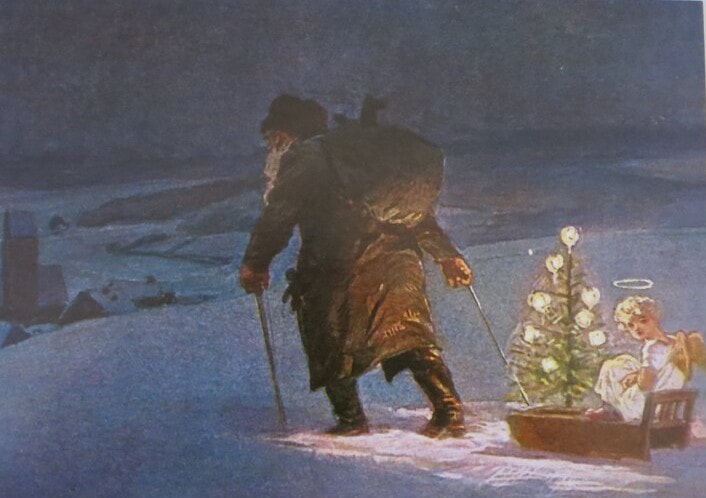
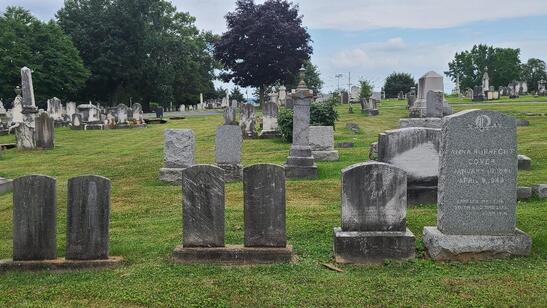

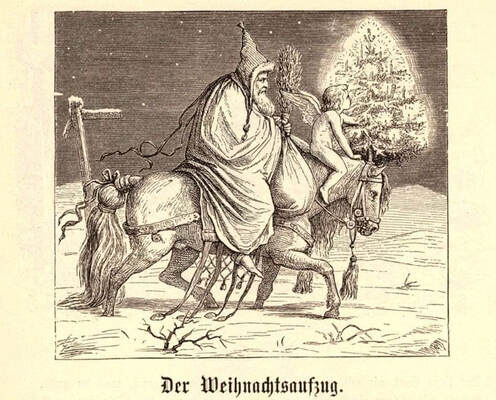

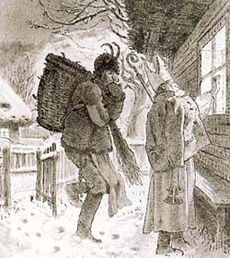
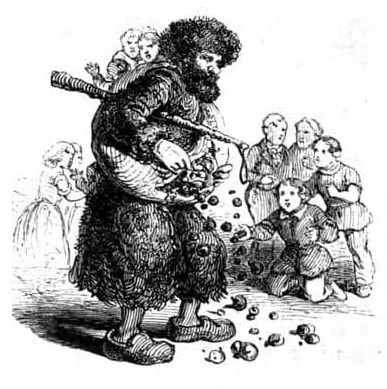
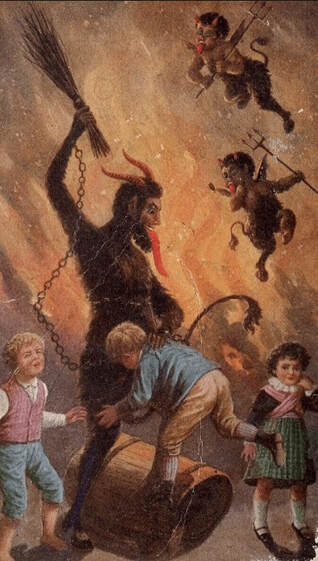

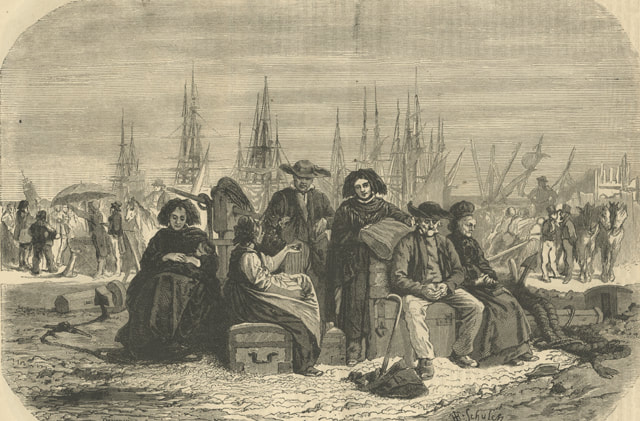


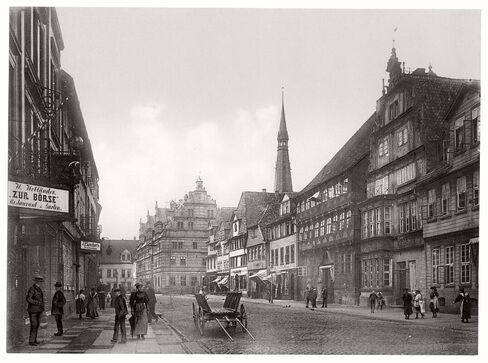
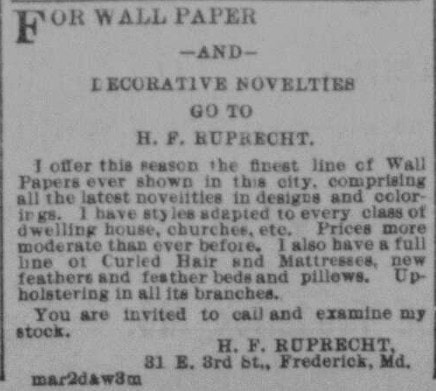

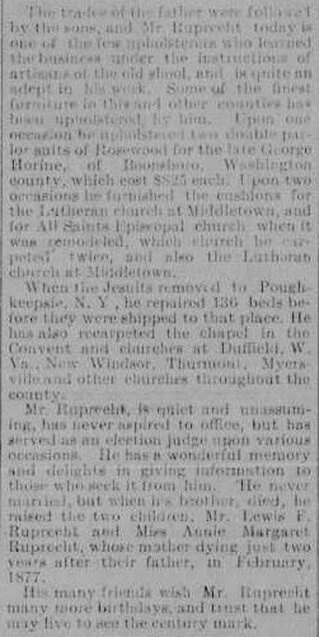

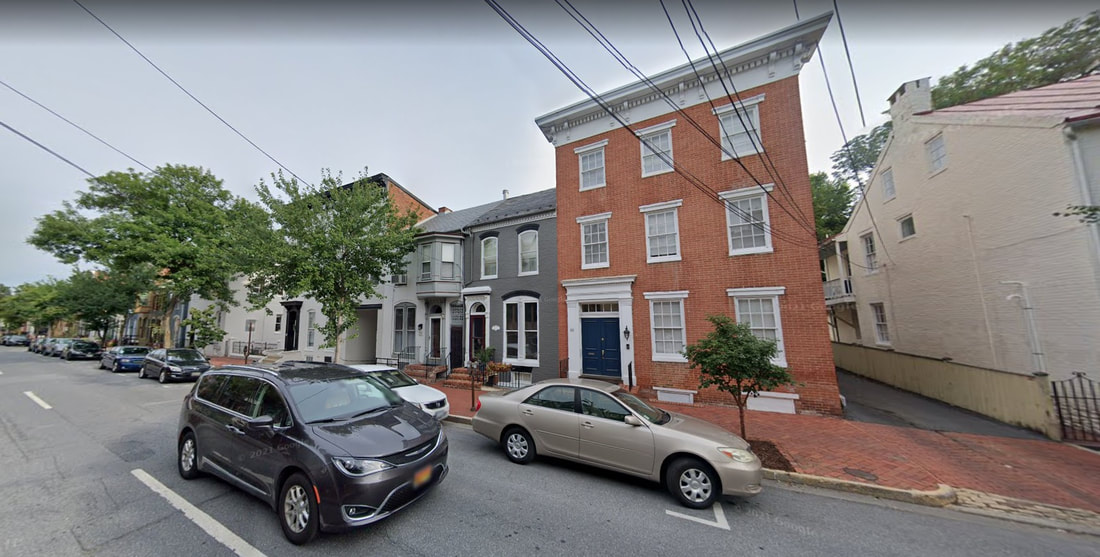

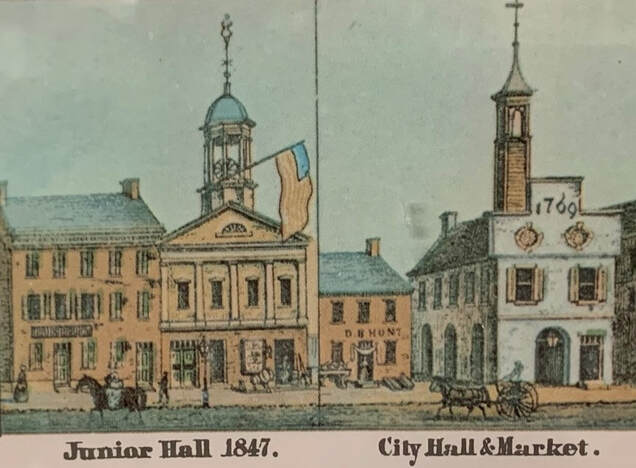
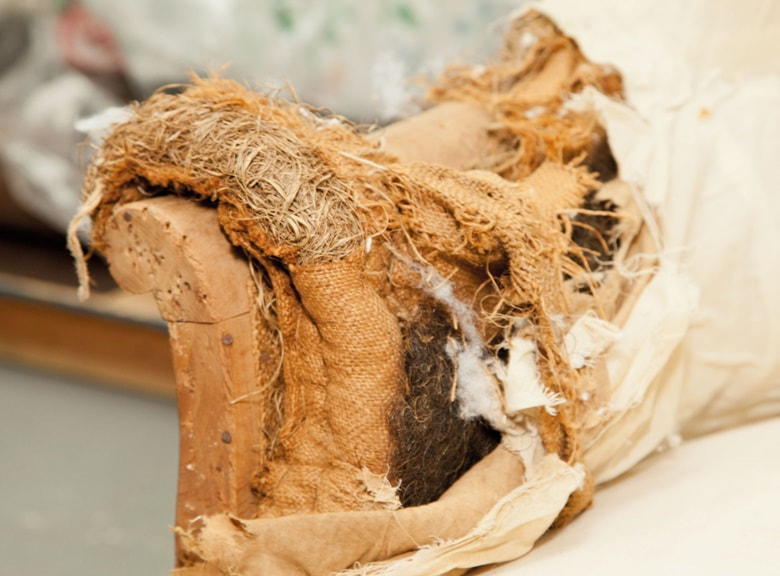
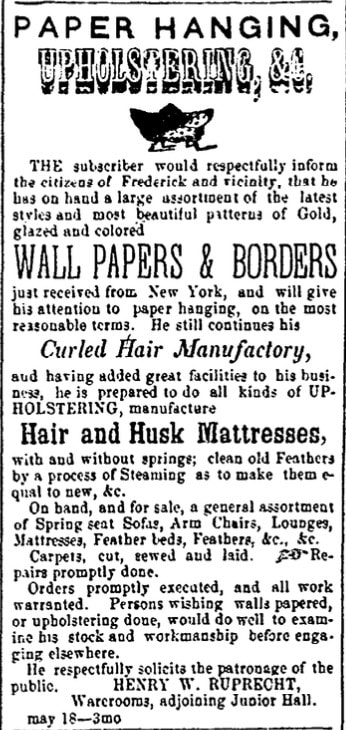


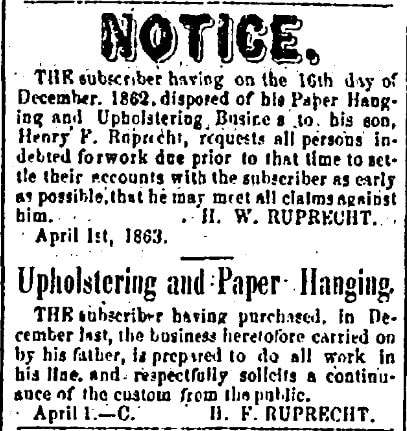
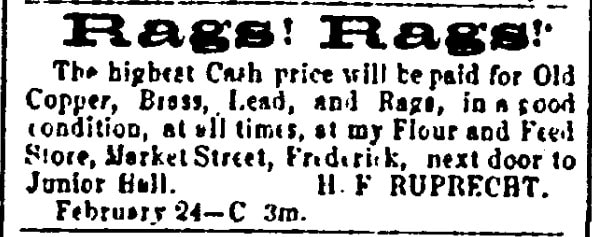
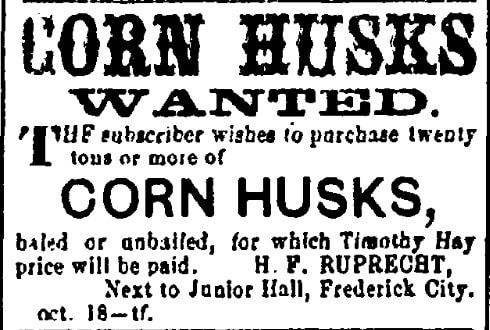
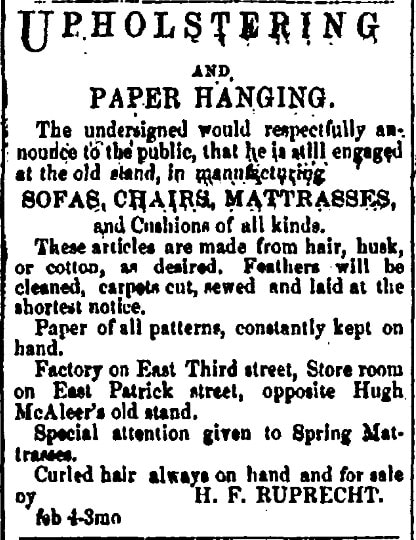
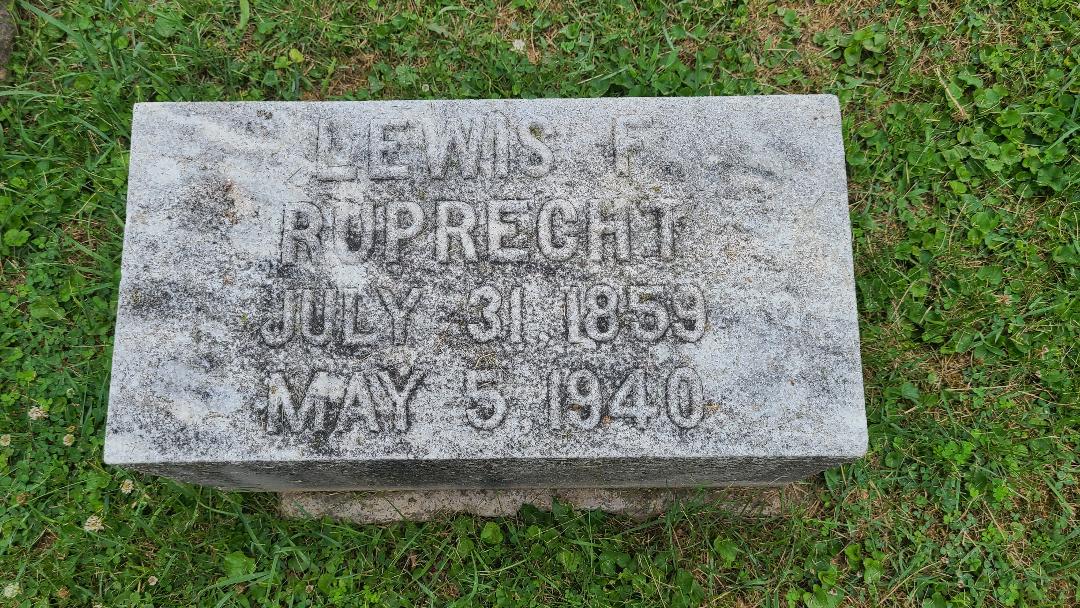
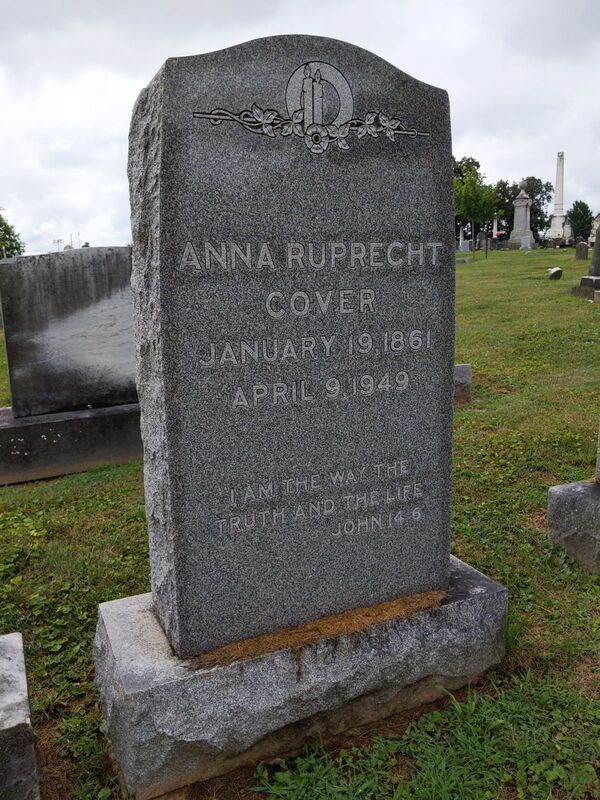

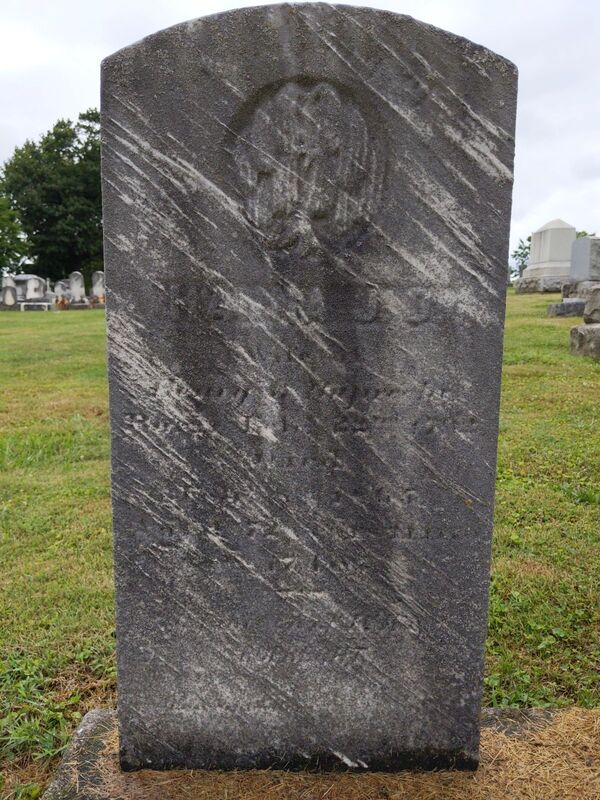



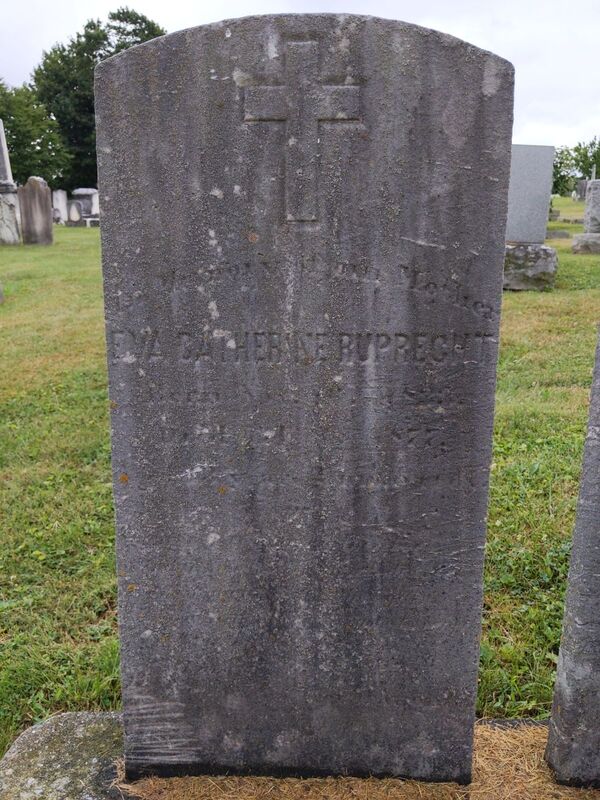




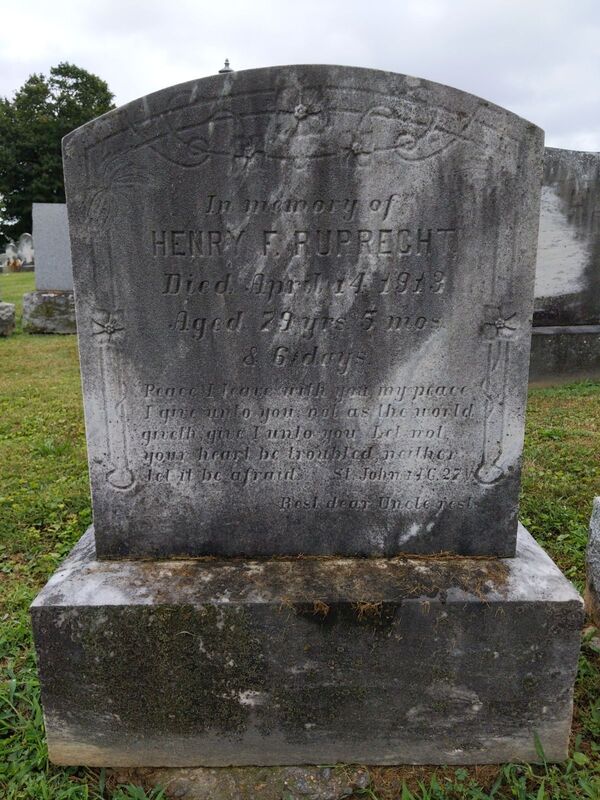
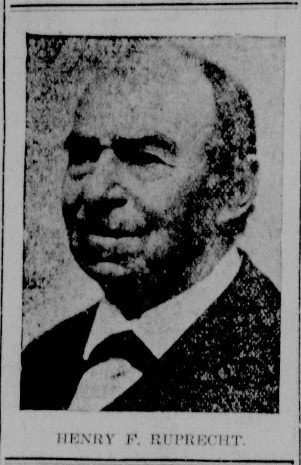

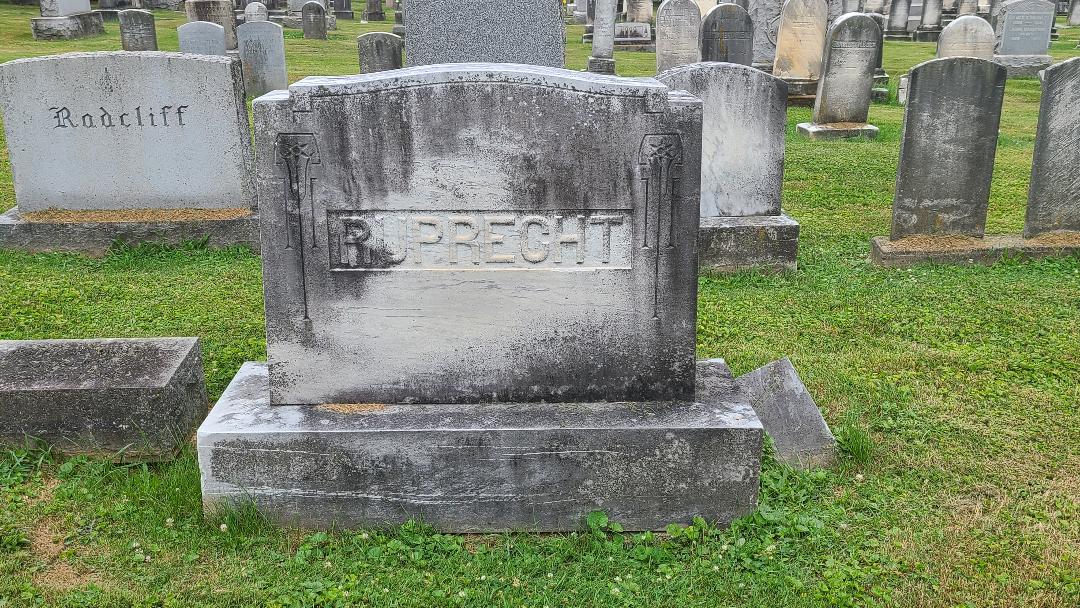
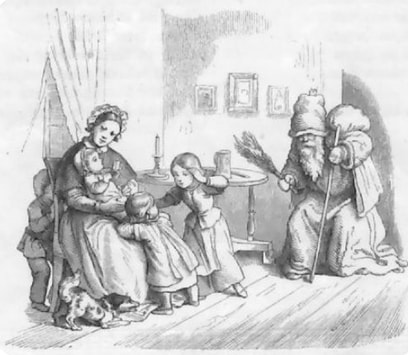

 RSS Feed
RSS Feed